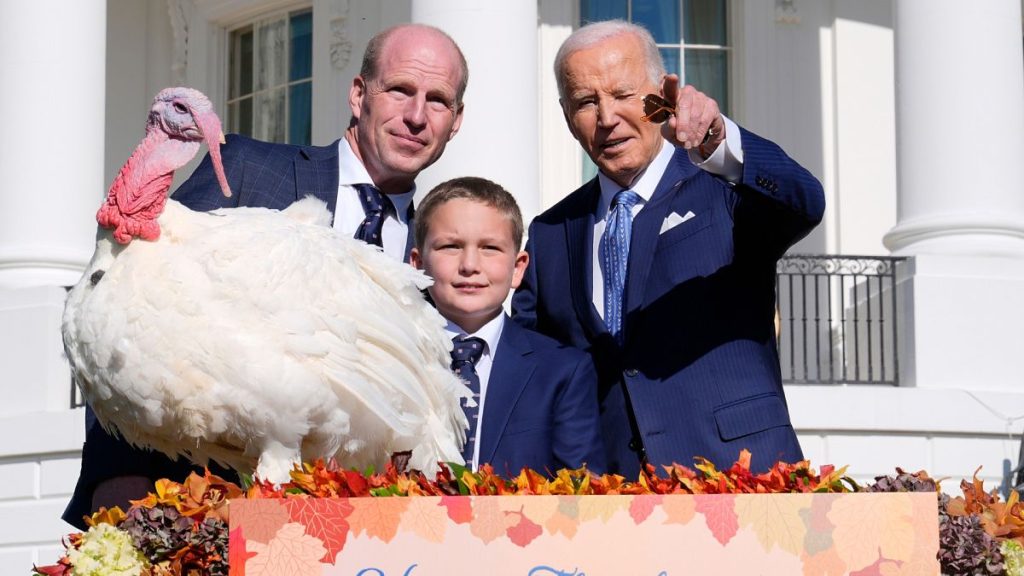Thanksgiving is a cherished American holiday celebrated on the fourth Thursday of November, and its significance and traditions remain a enigma for many outside the United States, particularly in Europe. This annual occasion sees families gather to share a festive meal, typically comprising roast turkey, mashed potatoes, cranberry sauce, and pumpkin pie, symbolizing the nation’s appreciation for abundance and the spirit of gratitude. The origins of Thanksgiving can be traced back to the early 17th century, when Pilgrims and Puritans immigrated from England and celebrated a harvest festival. This celebration is particularly intertwined with the contributions of Native Americans, specifically the Wampanoag people, who aided the struggling settlers by teaching them essential agricultural practices and aiding in the preparation of a bountiful meal in 1621. However, the holiday’s roots are intertwined with a complex history, as it serves as a reminder of the colonial impacts on Native American communities, leading some to observe it as a National Day of Mourning.
In addition to its historical nuances, Thanksgiving finds its place in American culture as a season of giving, where generosity towards those in need is heavily emphasized. Charitable acts are encouraged, with many Americans donating food and resources to organizations such as the Salvation Army. The holiday has grown to encompass an ethos of gratitude, community, and reflection, contrasting with the commercial rush associated with the subsequent Black Friday shopping extravaganza. Black Friday, which follows Thanksgiving, marks a major retail event with consumers flocking to stores and digital platforms for significant discounts. The influence of major American retailers has also seen this phenomenon trickle into international markets, leading to widespread participation in Black Friday, even among European shoppers.
Thanksgiving celebrations are marked by unique festivities, including parades and sporting events that have become a vital part of the holiday’s fabric. One of the most iconic events is the Macy’s Thanksgiving Day Parade in New York City, which has been a beloved tradition since 1924. With floats, giant balloons, and celebrity performances, the parade attracts millions of viewers both in-person and through television broadcasts. This year commemorates the 100th anniversary of this grand spectacle, encapsulating the holiday spirit while ushering in the winter season. Simultaneously, Thanksgiving weekend also includes college football games and NFL matchups, further cementing the day as a time of both family-centered gatherings and national sporting culture.
Television specials are another integral aspect of Thanksgiving, with major networks producing themed content that captivates audiences, albeit not on the same scale as Christmas programming. These specials promote a sense of nostalgia and communal viewing, as families gather to watch beloved classic shows and movies. The evening often culminates in sharing gratitude and family stories, creating lasting memories intertwined with the cultural significance that Thanksgiving holds for many Americans. This emphasis on togetherness serves to reinforce the values associated with the holiday, transcending mere culinary traditions.
The ceremonial act of turkey pardoning has also become a quirky yet heartwarming feature of Thanksgiving. Originating from a tradition that dates back to the 1800s when a farmer routinely presented turkeys to the President, it wasn’t until President Harry S. Truman’s tenure that the turkey presentation evolved into a presidential pardon spectacle. The first formal pardoning, however, is attributed to John F. Kennedy, who decided against consuming his turkey in 1963, setting a precedent that would grow into a lighthearted annual ritual. Today, the ceremonious event not only captures public interest but also raises awareness about animal welfare, as pardoned turkeys are sent to live on farms rather than face the dinner table.
In conclusion, while Thanksgiving may be shrouded in historical complexities, it remains a cherished time for Americans to reflect on gratitude, community, and shared experiences. The interplay of traditions, including family feasts, parades, and charitable acts, enriches the holiday’s cultural tapestry. Although its uniqueness may remain unfamiliar to many abroad, Thanksgiving’s themes of reflection, gratitude, and the celebration of community resonate universally, marking it as a defining feature of American culture. Whether it is the anticipation of the Thanksgiving meal, the excitement of the Macy’s parade, or the jovial chaos of Black Friday shopping, Thanksgiving encapsulates a moment of unity and joy amidst the seasonal festivities.














